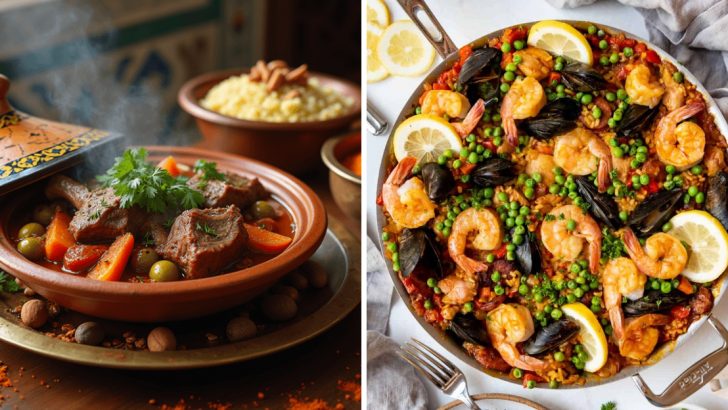American dinner tables once showcased a parade of global flavors that told stories of our immigrant roots and culinary adventures. Today, these authentic food traditions are increasingly replaced by quick-fix versions that barely resemble their cultural origins.
What we’re losing isn’t just flavor – it’s centuries of cooking wisdom, family bonds, and cultural identity passed down through generations. These 16 disappearing dishes deserve a second chance on our plates.
1. Italian Sunday Gravy
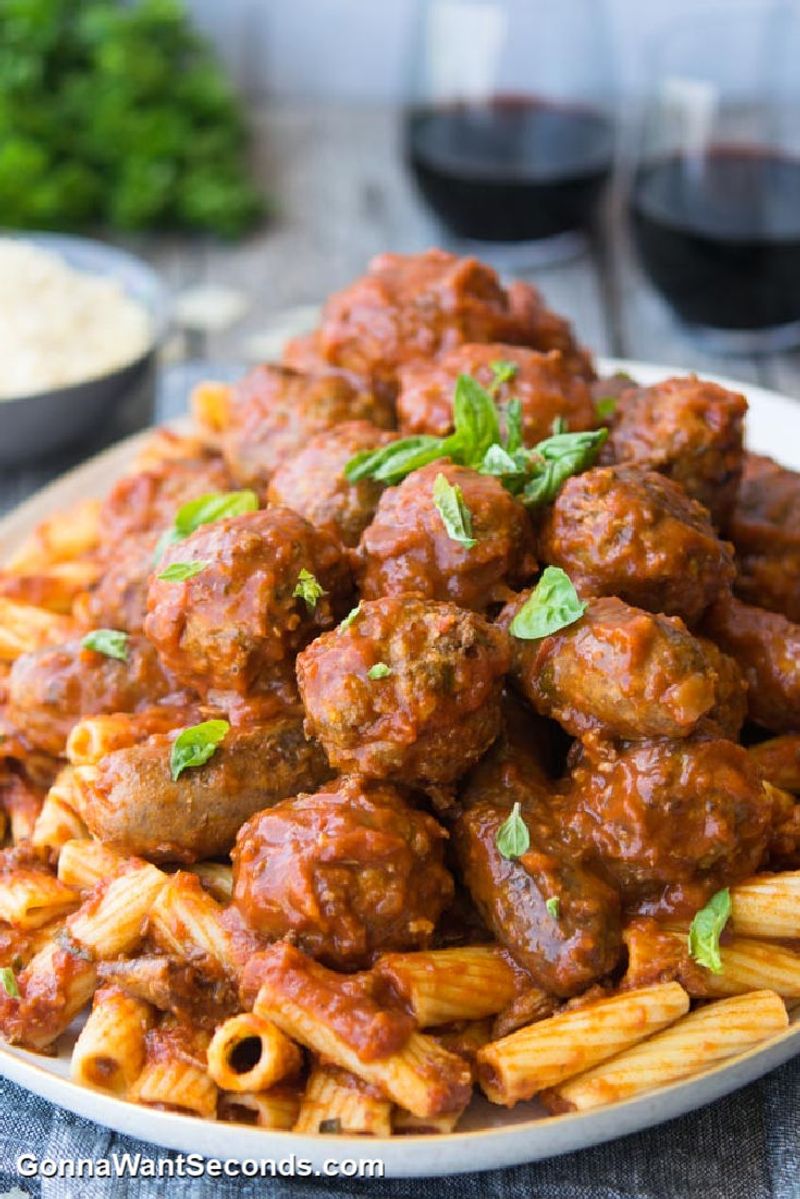
Remember when Italian neighborhoods filled with the aroma of tomato sauce simmering for eight straight hours? Sunday Gravy – that glorious meat-studded red sauce – wasn’t just dinner; it was an all-day family event.
Now replaced by jarred sauces promising “homemade taste” in 30 minutes, we’ve sacrificed the communal cooking ritual that once strengthened family bonds across generations. The sauce itself isn’t what’s disappearing – it’s the sacred Sunday tradition of gathering around a bubbling pot.
2. Japanese Kaiseki

Forget Instagram food porn – Kaiseki dining invented beautiful food presentation centuries ago! This multi-course Japanese ritual celebrates nature’s fleeting moments through meticulously crafted small plates that change with each season.
Americans increasingly opt for California rolls and teriyaki bowls while this sophisticated tradition fades from our awareness. As we rush through meals, we’re missing the mindful Japanese approach that transforms eating from mere sustenance into a meditative celebration of nature’s gifts.
3. French Escargot
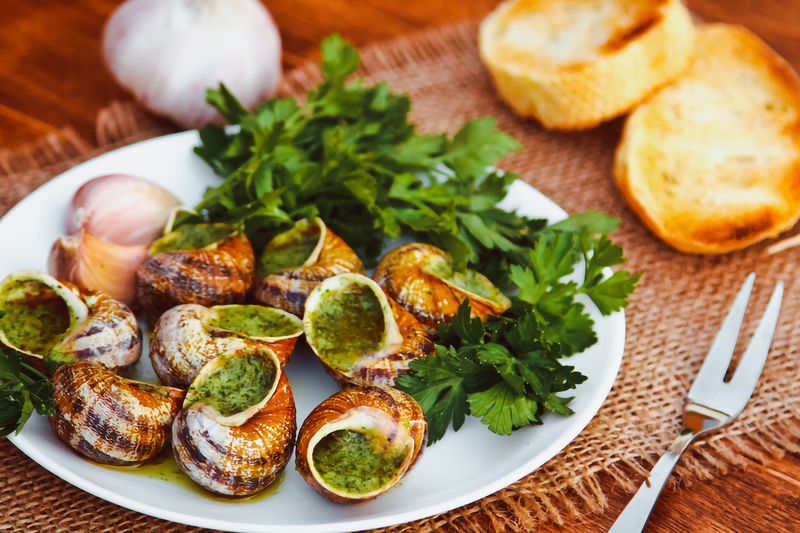
“Eww, snails?” is the typical American reaction, but those turning up their noses are missing a revelation in butter, garlic, and herbs. Escargot – once a sophisticated staple on fancy restaurant menus across America – has retreated to only the most traditional French establishments.
These tender morsels swimming in herb-infused butter deliver an earthy richness that transcends their humble origins. In France, children happily devour them without the psychological hangups we’ve developed.
4. Indian Tandoori Cooking
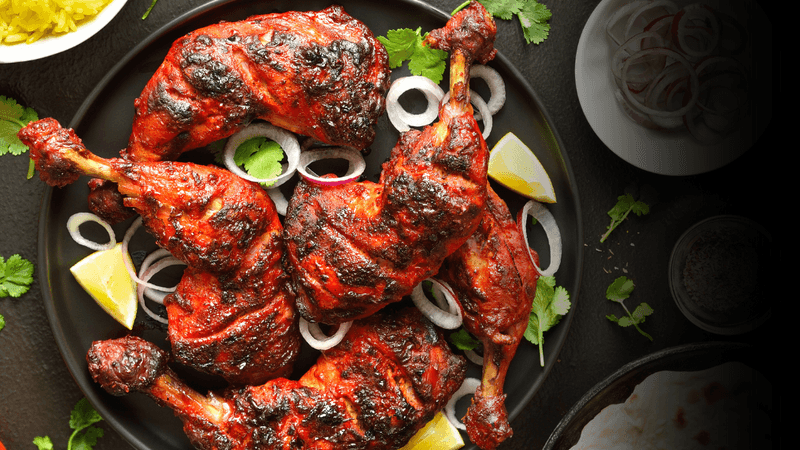
Holy smokes – nothing compares to the magic of a real tandoor oven! That distinctive charred exterior and juicy interior of authentic tandoori chicken comes from 900-degree heat inside clay walls, not your average kitchen appliance.
Traditional Indian families once gathered around these cylindrical ovens as flatbreads puffed against the sides and marinated meats sizzled on long skewers. The tandoor wasn’t just cooking equipment – it was the heart of the home.
5. Mexican Mole
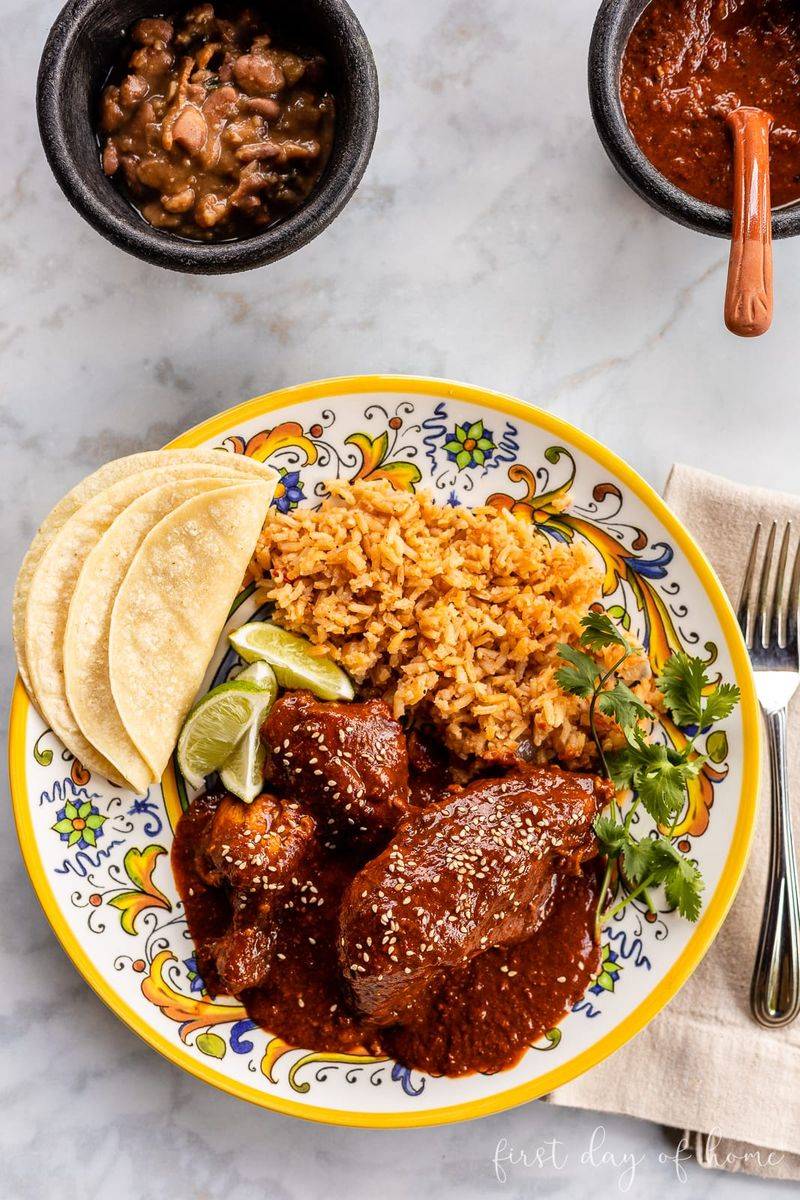
Chocolate sauce on chicken? That’s the American misunderstanding of mole – possibly the most complex sauce on Earth. Authentic mole poblano contains upwards of 30 ingredients and requires days to prepare properly.
Mexican grandmothers toast, char, fry, and grind multiple chiles, nuts, seeds, spices, and yes, a touch of chocolate, creating a sauce of mind-blowing depth. Each family guards their recipe like a precious heirloom, passing techniques down through generations.
6. Spanish Paella
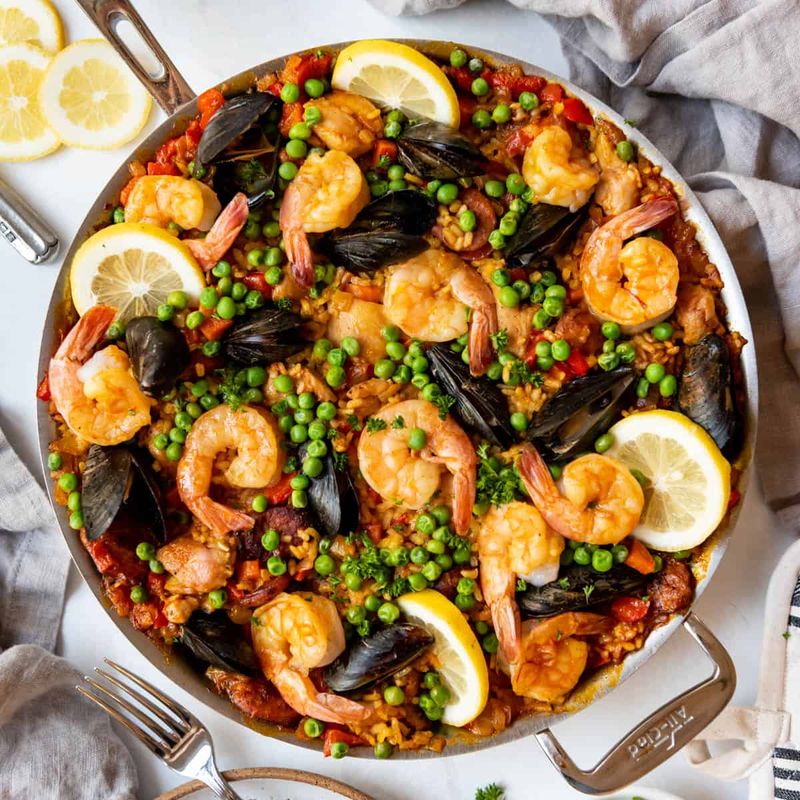
Saffron-stained rice developing that coveted socarrat (crispy bottom layer) in a pan wider than your armspan – that’s real paella! This Spanish masterpiece wasn’t meant for intimate dinners but for bringing entire communities together around one massive pan.
Traditional paella cooked over open flame becomes a spectacle as rice slowly absorbs the essence of seafood, meat, and vegetables. The dish embodies Spanish social values – sharing, patience, and celebrating local bounty.
7. Greek Moussaka
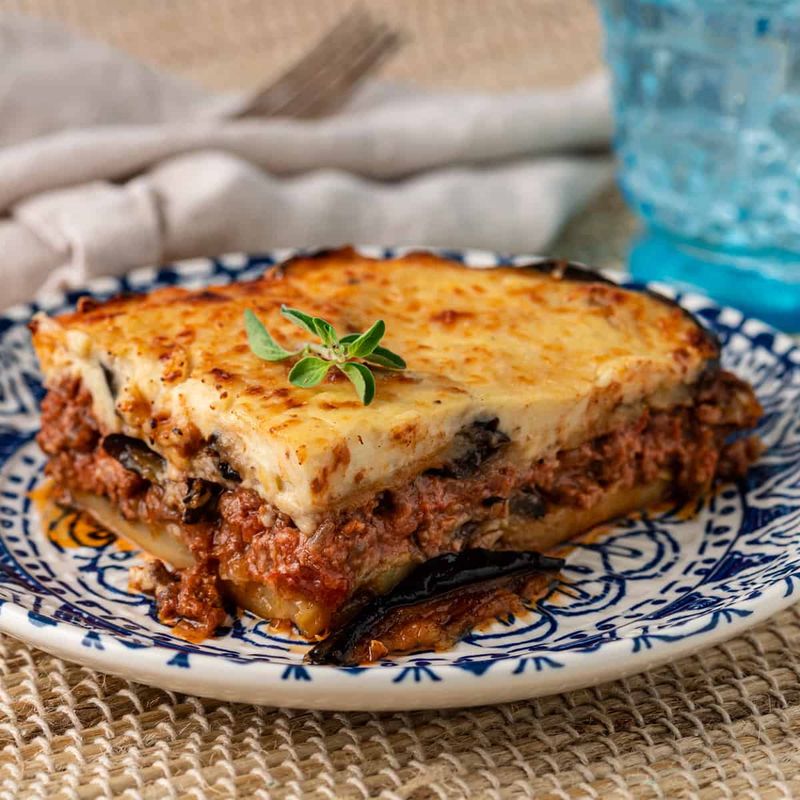
Calling moussaka “Greek lasagna” is like calling the Parthenon “some old building.” This architectural wonder of eggplant, spiced meat, and béchamel requires serious kitchen commitment – precisely why it’s disappearing from American home cooking.
Greek yiayias (grandmothers) spend hours salting and draining eggplant, crafting cinnamon-scented meat filling, and whisking the perfect creamy topping. Each component requires individual attention before the final majestic assembly.
8. Vietnamese Pho
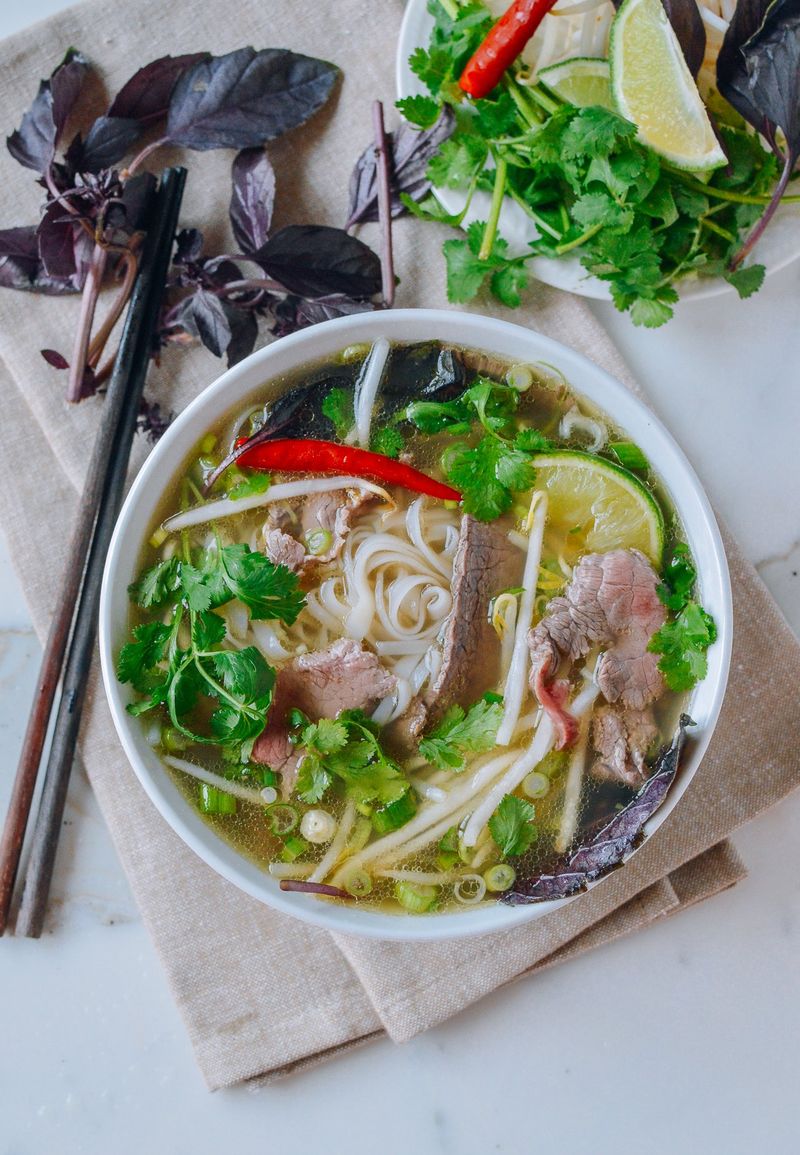
Long before bone broth became trendy, Vietnamese families were simmering beef bones for 12+ hours to create liquid gold. Authentic pho broth requires patience – bones slowly releasing collagen, spices gradually infusing, and impurities being skimmed away hour after hour.
American versions increasingly rely on bouillon cubes, powdered spices, and pressure cookers. While still tasty, these quick methods sacrifice the silky mouthfeel and layered flavor that makes traditional pho a transcendent experience.
9. Turkish Baklava

Baklava isn’t supposed to come from a plastic container! This Middle Eastern masterpiece requires rolling dough so thin you can read a newspaper through it – a skill that once defined a Turkish cook’s prowess.
Traditional baklava-making is practically an athletic event. Cooks spend hours stretching delicate phyllo by hand, brushing each whisper-thin sheet with clarified butter, and layering chopped nuts with precision. The resulting pastry – with 30-40 distinct layers – offers a textural experience that machine-made versions can’t match.
10. Russian Borscht
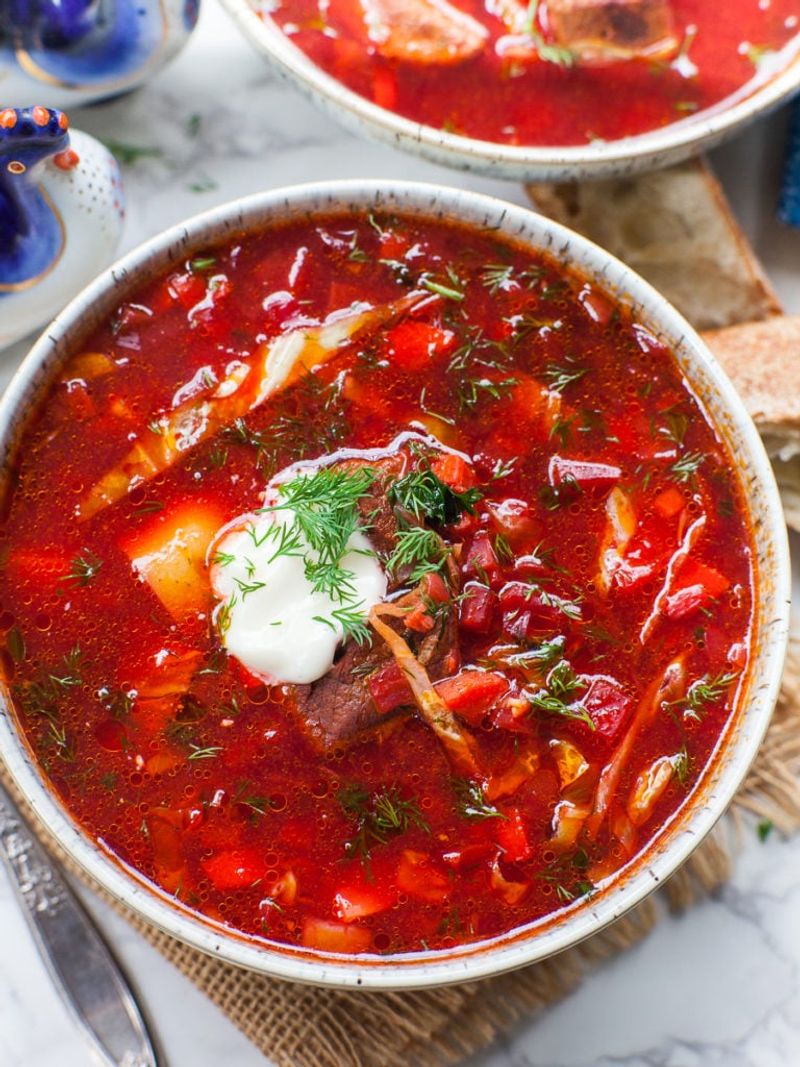
Borscht isn’t just soup – it’s liquid cultural identity! This vibrant purple-red elixir connects Russian families to their roots through a recipe that’s survived revolutions, wars, and migrations.
Every Russian grandmother has her own version, typically featuring beets, cabbage, potatoes, and various meats simmered for hours. The final touch – a dollop of sour cream slowly melting into the crimson broth – creates a visual masterpiece.
11. Moroccan Tagine
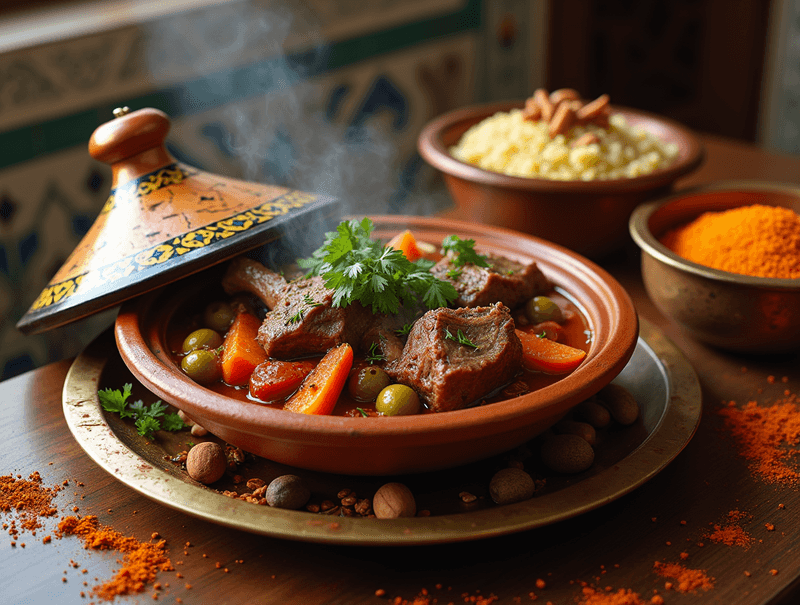
The conical clay cooking vessel isn’t just for show – it’s the secret behind Morocco’s most famous dish! Traditional tagines create a unique microclimate where steam rises, condenses on the cone, and drips back down, continuously basting the ingredients below.
Americans often prepare “tagine-style” dishes in Dutch ovens or slow cookers, missing the distinctive flavor imparted by clay. As we prioritize dishwasher-safe convenience, we’re losing the unique cooking vessels that developed over centuries to perfect specific dishes.
12. German Sauerbraten
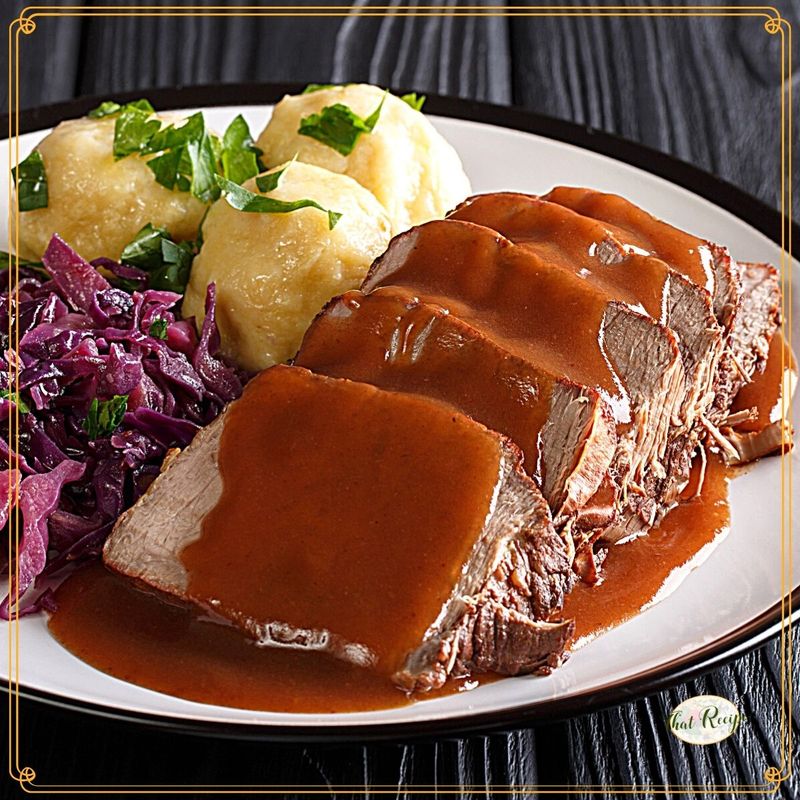
Patience has never tasted so good! Traditional sauerbraten requires marinating tough beef in vinegar, wine, and spices for 3-5 days before cooking – a technique developed centuries ago to tenderize and preserve meat without refrigeration.
German households once planned Sunday dinners nearly a week in advance, starting the marinade on Wednesday for weekend gatherings. The result? Fork-tender meat with a sweet-sour gravy of remarkable depth that no quick method can replicate.
13. Brazilian Feijoada
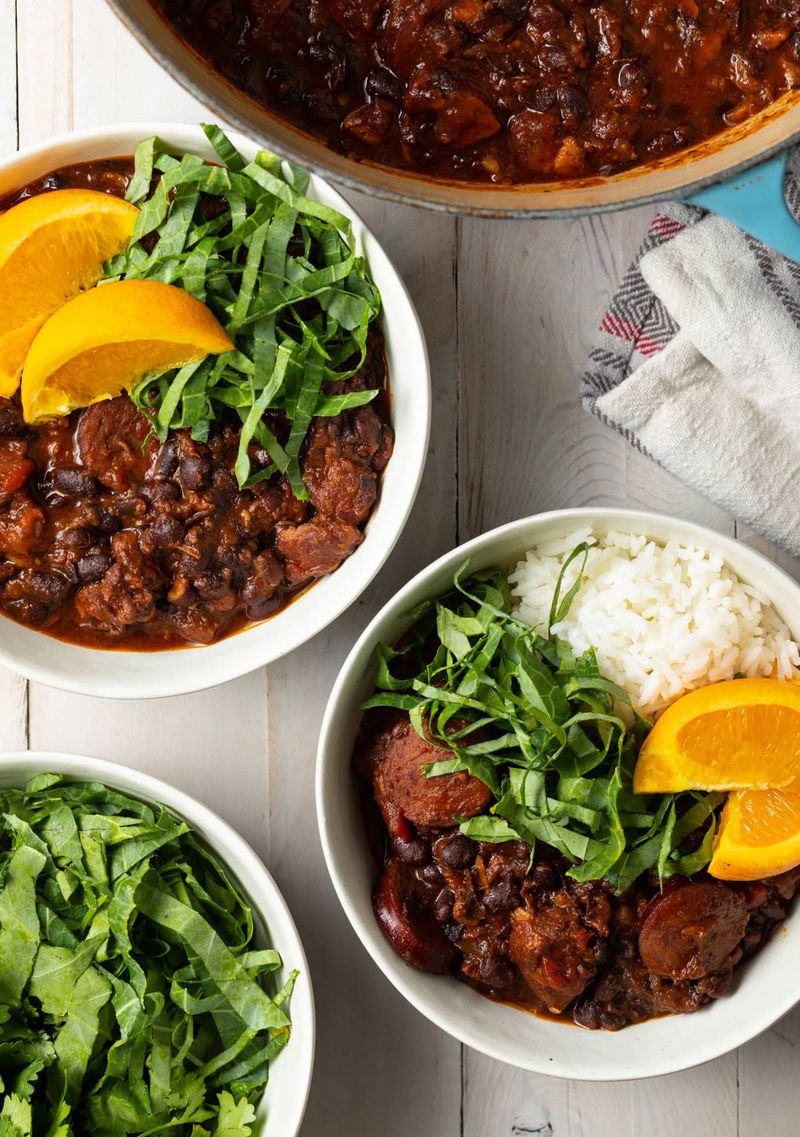
Saturdays in Brazil revolve around one epic dish – a black bean stew loaded with every conceivable pork part, from elegant loin to humble ears and tails. Feijoada isn’t just food; it’s an all-day social institution!
Traditional preparation begins at dawn, with beans simmering alongside various cuts of meat until everything reaches the perfect texture. Families gather mid-afternoon for this hearty feast, followed by the culturally sanctioned nap it inevitably induces.
14. Thai Tom Yum
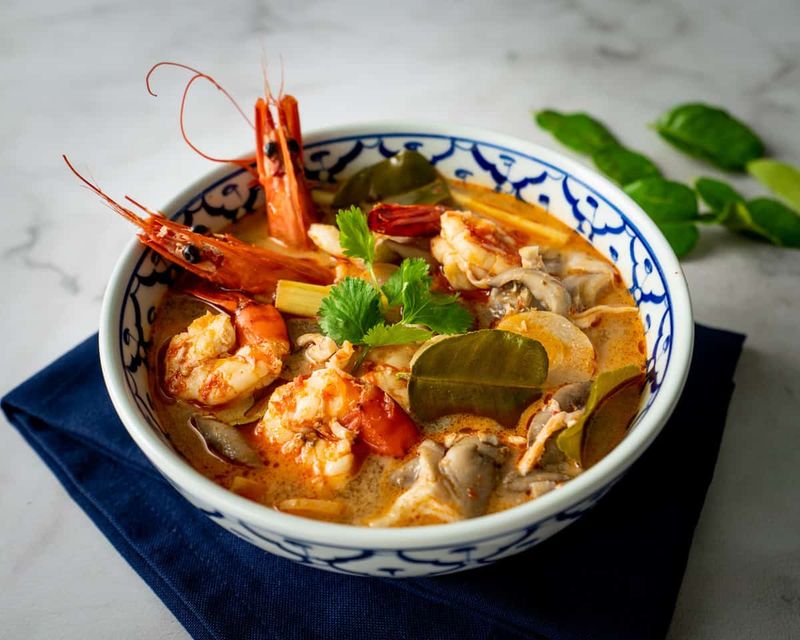
POW! That explosive flavor bomb of lime, lemongrass, galangal, and chili isn’t supposed to come from a paste! Traditional tom yum soup requires a fresh herb bouquet that Thai cooks once gathered daily from backyard gardens.
Each aromatic ingredient plays a crucial role – woody galangal providing earthy notes that ginger can’t replicate, kaffir lime leaves adding citrus complexity, and fresh chilies delivering heat that dried versions can’t match. The balance creates the signature hot-sour-aromatic profile that defines Thai cuisine.
15. Lebanese Kibbeh

Raw meat pounded with bulgur wheat and spices? Kibbeh nayeh – Lebanon’s national dish – makes steak tartare look tame! This ancient preparation showcases ultra-fresh lamb processed with such care that generations considered it safe to consume uncooked.
Food safety concerns have nearly eliminated this raw preparation in America, with most Lebanese restaurants offering only the fried football-shaped version. As we become more disconnected from meat processing, we’re losing culinary traditions that celebrated the quality and freshness of ingredients.
16. Greek Spanakopita
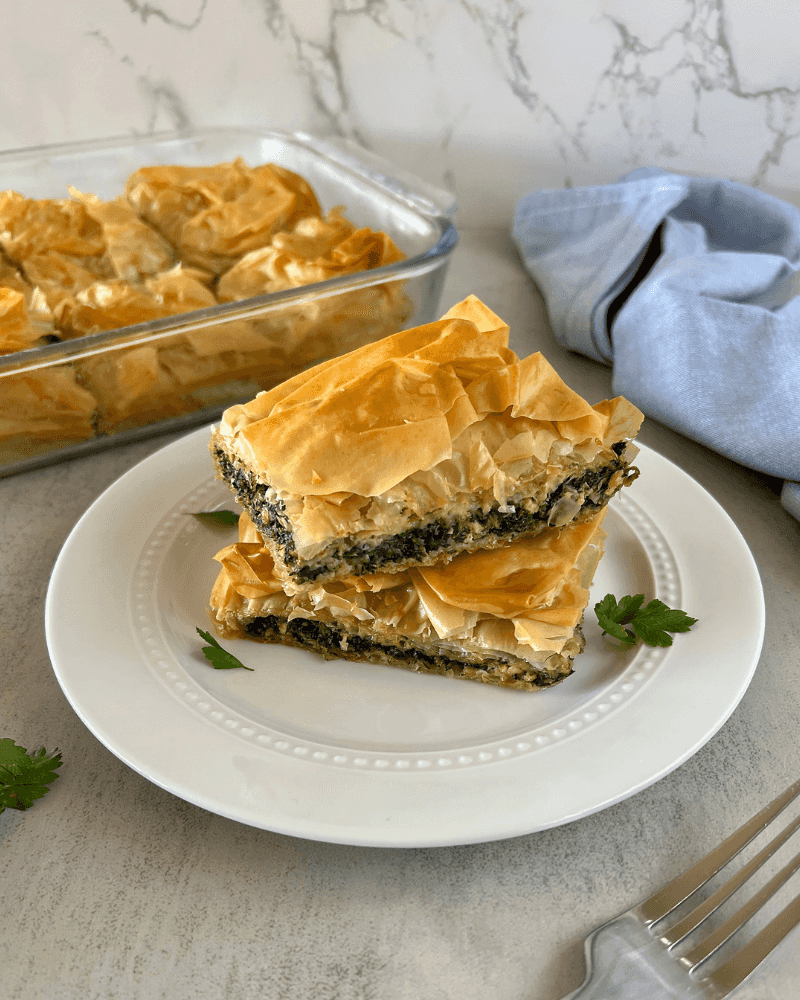
The secret to transcendent spanakopita isn’t in the spinach – it’s in the paper-thin phyllo dough that Greek yiayias (grandmothers) once stretched by hand across kitchen tables! This technique required remarkable skill, with the dough becoming so thin you could see through it.
Traditional phyllo-making was a social activity where women gathered to gossip while taking turns stretching the delicate sheets. The resulting pastry had a delicate texture and subtle irregularity that made each bite interesting.

